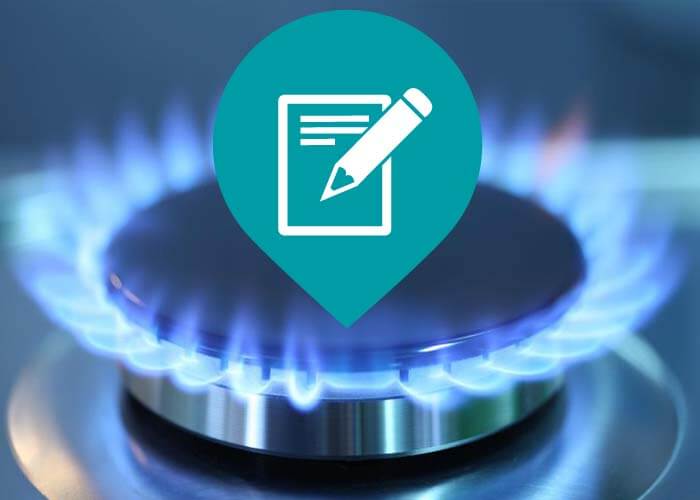
Exactly how Does the Gas Distribution System Work?
Exactly how Does the Gas Delivery System Work?
Gas moving from greater to lower pressure is the fundamental principle of the gas shipment system. The amount of pressure in a pipeline is determined in pounds per square inch.
From the well, the natural gas goes into "gathering" lines, which are like branches on a tree, obtaining bigger as they get closer to the central collection factor.
Celebration Equipments
A celebration system might need several field compressors to relocate the gas to the pipe or the processing plant. A compressor is a machine driven by an internal burning engine or wind turbine that creates pressure to "push" the gas with the lines. Many compressors in the gas shipment system utilize a small amount of gas from their own lines as fuel.
Some gas gathering systems consist of a handling center, which does such features as removing pollutants like water, co2 or sulfur that could corrode a pipeline, or inert gases, such as helium, that would minimize the power worth of the gas. Processing plants additionally can remove small quantities of lp as well as butane. These gases are made use of for chemical feedstocks and also other applications.
The Transmission System
From the event system, the natural gas relocations into the transmission system, which is typically composed of concerning 272,000 miles of high-strength steel piper.
These big transmission lines for natural gas can be contrasted to the nation's interstate freeway system for cars and trucks. They move huge quantities of natural gas hundreds of miles from the generating regions to regional distribution business (LDCs). The stress of gas in each section of line generally varies from 200 extra pounds to 1,500 pounds per square inch, depending upon the sort of area in which the pipeline is running. As a safety measure, pipes are designed as well as built to handle much more pressure than is ever actually gotten to in the system. For example, pipelines in even more booming locations operate at less than one-half of their design stress degree.
Lots of major interstate pipes are "looped"-- there are two or more lines running parallel to each other in the very same access. This offers optimum capability throughout periods of peak need.
Compressor Stations
Compressor stations lie around every 50 to 60 miles along each pipeline to improve the pressure that is shed through the friction of the gas relocating through the steel pipe. Several compressor stations are totally automated, so the tools can be started or stopped from a pipeline's central control space. The control area can additionally remotely operate shut-off valves along the transmission system. The operators of the system keep comprehensive operating information on each compressor station, as well as continually readjust the mix of engines that are running to take full advantage of performance and also security.
Gas steps with the transmission system at up to 30 miles per hr, so it takes a number of days for gas from Texas to reach an energy receipt factor in the Northeast. In the process, there are numerous affiliations with other pipelines and also other utility systems, which supplies system operators a lot of flexibility in moving gas.
Linepack
A 50-mile area of 42-inch transmission line operating at around 1,000 extra pounds of stress includes about 200 million cubic feet of gas-- sufficient to power a kitchen range for greater than 2,000 years. The quantity of gas in the pipeline is called the "linepack.".
By increasing and also reducing the pressure on any type of pipeline segment, a pipeline company can make read more use of the sector to save gas during periods when there is much less demand at the end of the pipeline. Making use of linepack this way enables pipeline drivers to manage hourly variations popular very successfully.
Natural gas pipes as well as energies utilize very advanced computer system models of consumer need for natural gas, which associate day-to-day and hourly usage patterns with seasonal and also ecological elements. That's why clients can depend upon the integrity of natural gas-- when it's needed, it's there.
Entrance Stations.
When the natural gas in a transmission pipeline reaches a local gas utility, it typically goes through a "entrance station." Energies regularly have gateway stations receiving gas at several places as well as from several various pipelines. Gateway stations offer three objectives. First, they reduce the stress in the line from transmission levels (200 to 1,500 pounds) to circulation levels, which range from 1/4 extra pound to 200 extra pounds. Then an odorant, the unique sour aroma connected with gas, is included, to ensure that customers can scent even small quantities of gas. Ultimately, the gate station measures the flow rate of the gas to figure out the amount being received by the utility.